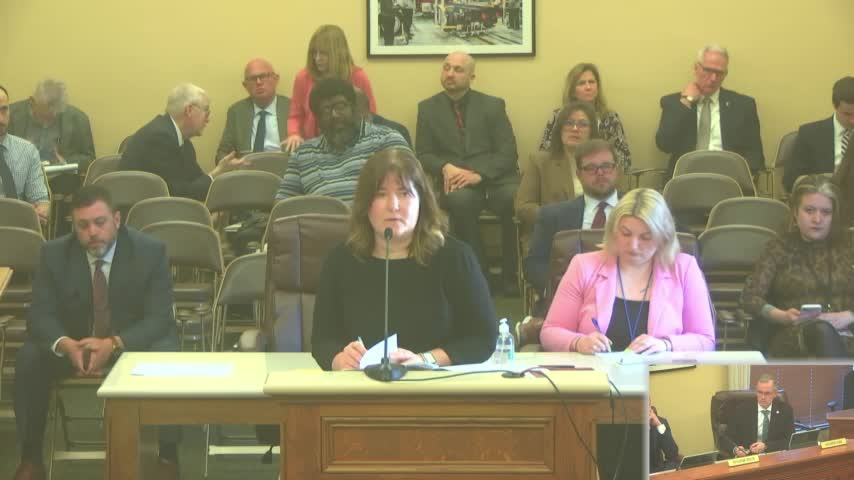Panel debates telehealth visit limits for stable and acute patients
March 12, 2025 | 2025 Legislature WV, West Virginia
This article was created by AI summarizing key points discussed. AI makes mistakes, so for full details and context, please refer to the video of the full meeting. Please report any errors so we can fix them. Report an error »

In a recent session of the West Virginia Senate Select Committee on Substance Use Disorder and Mental Health, members engaged in a detailed discussion about the appropriate use of telehealth services for patients undergoing treatment. The conversation revolved around the percentage of time that healthcare providers should utilize telehealth versus in-person visits, with a focus on ensuring quality care while accommodating patient needs.
As committee members deliberated, a key point emerged: should the guideline stipulate that no more than 33% of a patient’s visits could be conducted via telehealth? This figure sparked debate, with some members advocating for a tighter restriction to encourage more face-to-face interactions, particularly for patients who are newly entering treatment programs. The concern was that a one-size-fits-all approach might not serve the diverse needs of patients, especially those who are more stable and may require less frequent in-person visits.
One committee member highlighted the importance of tailoring the percentage based on individual patient circumstances. For instance, a long-term patient who is stable might benefit from more telehealth options compared to someone who is just starting their treatment journey. This nuanced perspective led to suggestions that the final decision on telehealth guidelines could be left to rulemaking, allowing for flexibility and adaptability based on ongoing patient assessments.
The discussions underscored a commitment to balancing accessibility with the necessity of in-person care, reflecting a broader understanding of the complexities involved in substance use disorder treatment. As the committee continues to refine these guidelines, the implications for patient care and provider practices in West Virginia remain significant, promising a more tailored approach to mental health and substance use treatment in the state.
As committee members deliberated, a key point emerged: should the guideline stipulate that no more than 33% of a patient’s visits could be conducted via telehealth? This figure sparked debate, with some members advocating for a tighter restriction to encourage more face-to-face interactions, particularly for patients who are newly entering treatment programs. The concern was that a one-size-fits-all approach might not serve the diverse needs of patients, especially those who are more stable and may require less frequent in-person visits.
One committee member highlighted the importance of tailoring the percentage based on individual patient circumstances. For instance, a long-term patient who is stable might benefit from more telehealth options compared to someone who is just starting their treatment journey. This nuanced perspective led to suggestions that the final decision on telehealth guidelines could be left to rulemaking, allowing for flexibility and adaptability based on ongoing patient assessments.
The discussions underscored a commitment to balancing accessibility with the necessity of in-person care, reflecting a broader understanding of the complexities involved in substance use disorder treatment. As the committee continues to refine these guidelines, the implications for patient care and provider practices in West Virginia remain significant, promising a more tailored approach to mental health and substance use treatment in the state.
View full meeting
This article is based on a recent meeting—watch the full video and explore the complete transcript for deeper insights into the discussion.
View full meeting